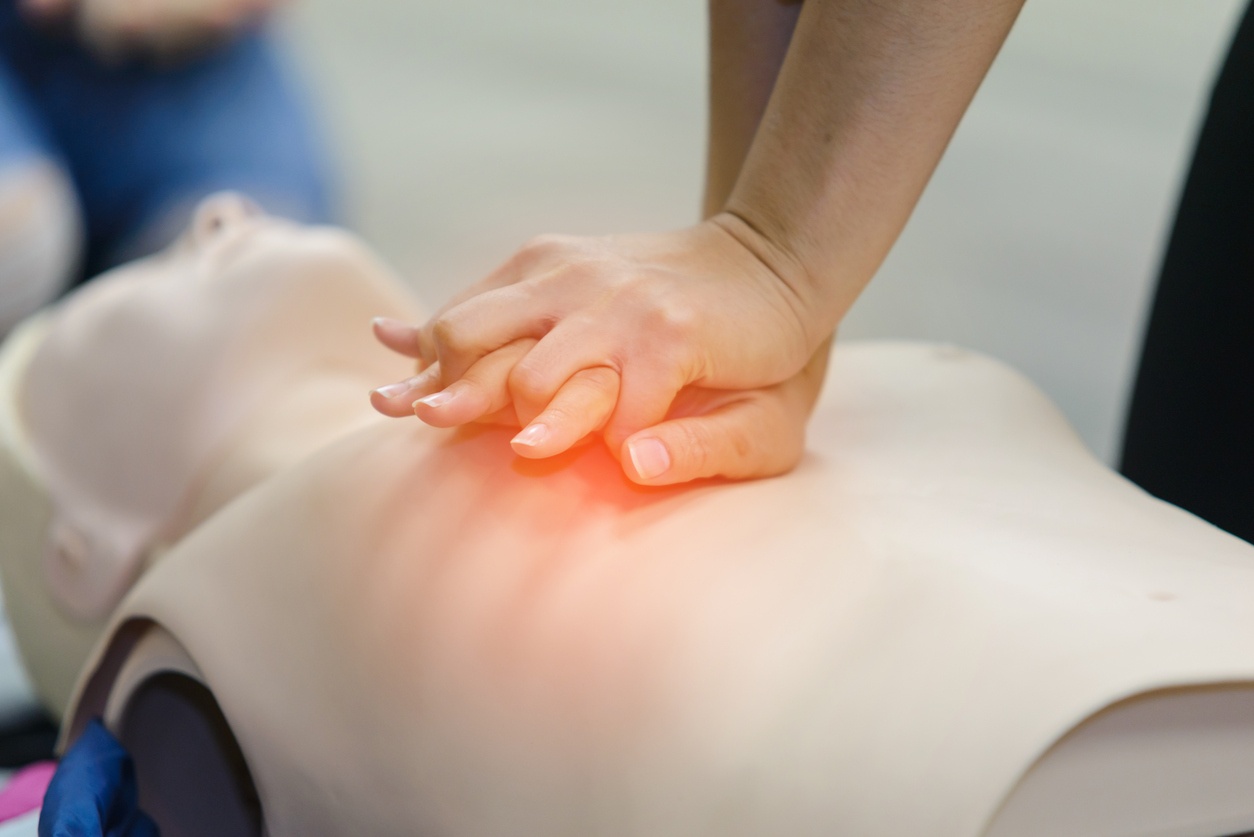
It’s official. As of January 31, 2019, all CPR manikins used in American Heart Association (AHA) adult CPR courses must feature an instrumented directive feedback device (IDFD). Devices such as these provide real-time, audio-visual feedback as the CPR is being performed, allowing student performance to be evaluated in an immediate and ongoing manner.
Why the Changes
In an AHA Frequently Asked Questions document, the organization stated:
“Incorporating feedback devices into adult CPR courses improves the quality and consistency of CPR training, which increases the chance of a successful outcome when CPR is performed.”
As early as 2015, the AHA had noted this quality improvement opportunity, with their 2015 AHA Guidelines Update for CPR and ECC pointing to specific research that indicated that feedback devices, when they provide current, corrective feedback while CPR training occurs, benefited learners in the areas of compression rate, depth, and recoil.
“Studies have also shown that feedback devices help students achieve mastery of crucial CPR skills and shorten the time to demonstration of competence,” stated the AHA.
The New Requirements
As of this time, the AHA does not require the use of feedback devices for child and infant CPR training. The AHA has noted that as IDF devices become available for child and infant CPR, those courses will also require feedback devices.
IDFDs differ from typical CPR manikins and devices in that they measure the following:
- Compression rate
- Depth
- Hand position
- Recoil
- Chest compression fraction
Chest compression fraction is the percentage of time in which chest compressions are done by rescuers during a cardiac arrest – given that in actual cardiac arrest situations, chest compressions can be interrupted by rescue breaths, pulse checks, and heart rhythm analysis.
IDFDs monitor a student’s ability to achieve the recommendations for compression rate and depth: 100-120 compressions per minute at a depth of two (2) inches. The device then provides real-time feedback – in audio format, visual format, or both – on these skills. This allows students to correct themselves as they learn and interpret the results of their CPR in a more tangible way.
To find updated descriptions of what a device must provide or do to meet the new requirements, CPR instructors can visit the AHA Instructor Network, then find “Training Updates” under “Additional Tools.”
EMSEd™ by Pocket Nurse® Solutions for You
You can find a variety of adult manikins that meet the new AHA CPR feedback device requirement at www.pocketnurse.com. The following manikins and devices are in compliance:
- Brayden CPR Manikin with LED lights for visual reminders and feedback
- QCPR Little Anne with feedback technology to improve CPR training efficiency
- Simulaids HeartiSense CPR Kit to turn any manikin into a smart manikin
Sources:







